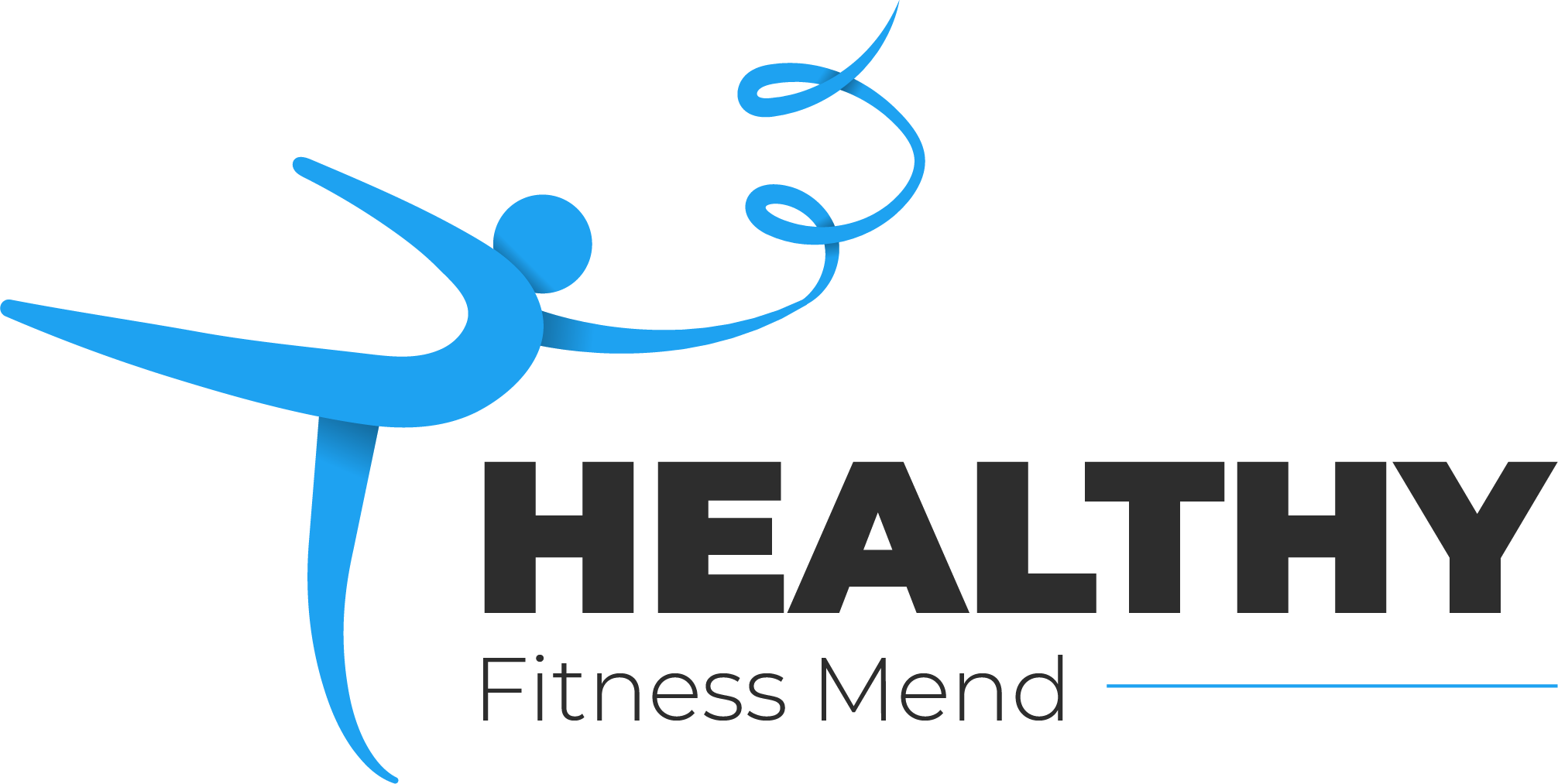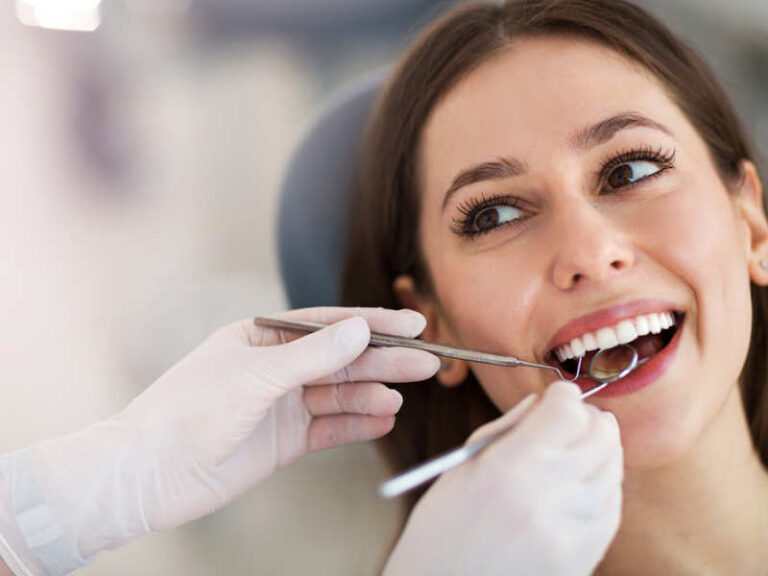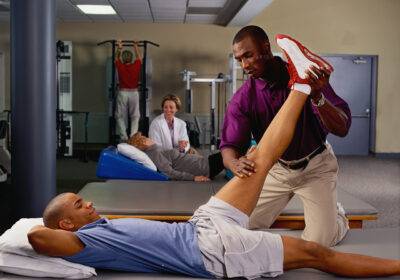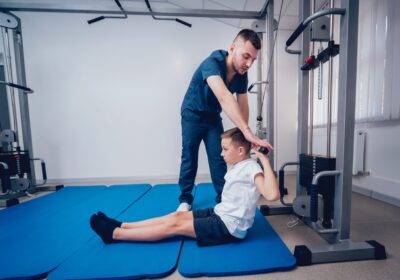
The Minimum Effective Dose and Manual Therapy
The phrase minimum effective dose has become popularized by Tim Ferriss in his book The Four Hour Body (recommended read). Tim’s definition of the minimum effective dose is – the smallest dose that will produce the desired effect or outcome. I liken the phrase to a biohack, although the minimum effective dose must be effective (the word is in the phrase!) whereas, a biohack is a supposed time saver that more often than not, doesn’t yield the desired results.
Translating the minimum effective dose to manual therapy is quite simple from the practitioner’s standpoint, but often baffling to patients. I’ll explain…
In my humble manual therapist opinion, it is my job to decipher what is causing the musculoskeletal disorder. Duh right? But really, I seek to get passed the smoke and mirrors that your movement and postural compensations present clinically, and delve deep into the root cause of your problem. Once I have effectively done that, I plan my management of the complaint in stages. After I have procured my clinical experience and my knowledge of the recent literature, I proceed with what I assume is the minimum effective dose.
You see if I have done my due diligence, and cornered your complaint to a specific cause, it really shouldn’t take much to return you to your normal function (barring any co-morbidities or other complications). So why throw the proverbial manual therapy gambit at you? Why apply 4 modalities, manipulate and myofascial release?
My treatment style is based upon the body’s ability to heal itself. The less I do the better. With that, I see myself as more of a Sherpa along your musculoskeletal health journey rather than a magician. I simply guide you to the top of your health Everest (I couldn’t resist)
Now, let’s get away from the corny analogies.
As a patient paying for a service, the minimum effective dose can understandably be viewed completely different. Perhaps you didn’t get your monies worth?
To combat this, I ensure that my thought process is transparent and constantly communicated to the patient (sometimes to a nauseating degree). The main theme being that I want you to get better, and I want to know how you got better. Gaining this kind of knowledge is significant for all parties involved. I can file your complaint in my clinical experience and you can remember what worked for you if this sort of complaint ever rears its ugly head again.
Just to be clear, I am not saying that the use of modalities is unnecessary. There are many clinical presentations that are best treated via laser, interferential current, micro current etc. The point of this post is to recognize the importance of knowing what works for whom. The days of aimlessly treating patients with a myriad of treatment modalities regardless of their clinical presentation are gone. I hope.







